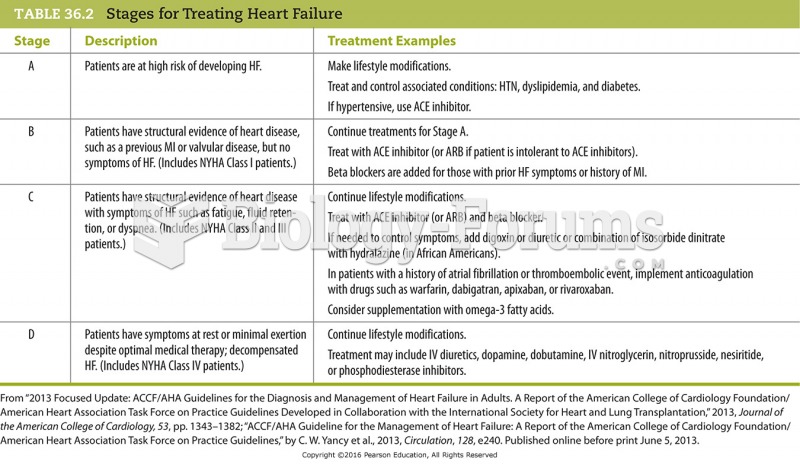This topic contains a solution. Click here to go to the answer
|
|
|
Did you know?
Cyanide works by making the human body unable to use oxygen.
Did you know?
The average office desk has 400 times more bacteria on it than a toilet.
Did you know?
If you could remove all of your skin, it would weigh up to 5 pounds.
Did you know?
Only 12 hours after an egg cell is fertilized by a sperm cell, the egg cell starts to divide. As it continues to divide, it moves along the fallopian tube toward the uterus at about 1 inch per day.
Did you know?
There are more bacteria in your mouth than there are people in the world.







